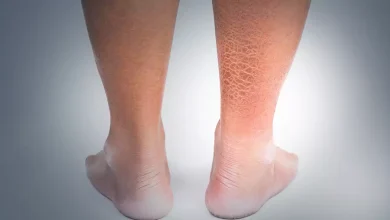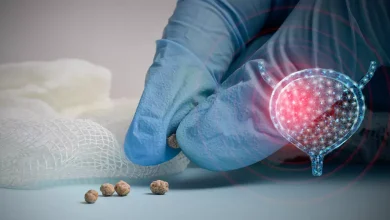All about Uterine Fibroids
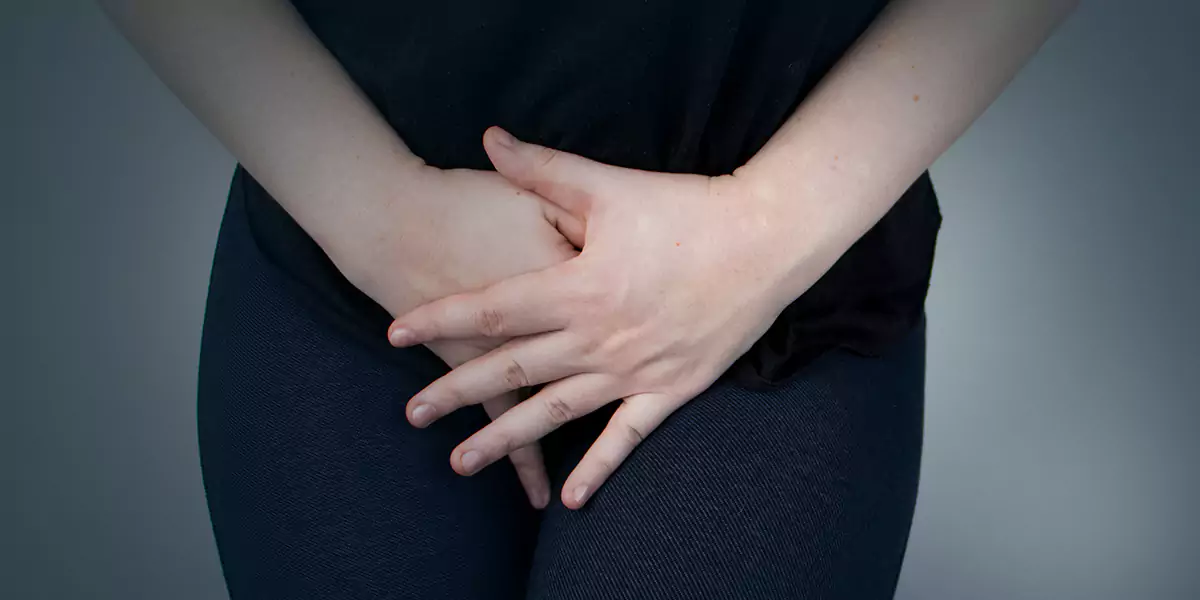
What are Uterine Fibroids?
Also known as Fibroids, Uterine Fibroids are noncancerous developments in the uterus that occurs during a woman’s childbearing years. Uterine fibroids do not link with the risk of getting uterine cancer which never develops into cancer because they are usually not cancerous (benign). Your uterus is an organ in your pelvis. The normal size of the uterus is similar to a lemon which is a place where an infant grows and develops.
It can develop as a single nodule or in a cluster and can vary in size from 1 mm to more than 20 cm (8 inches) in diameter or even more. These growths can develop in the wall of the uterus, into the main cavity of the organ, or occasionally on the outer areas. It can be different in size, number, and area within and on your uterus.
What are the Types of Uterine Fibroids?
There are four types of Uterine Fibroids
Subserosal Fibroids: These types are located near the outer layer or serosa of the uterus. Because they grow more towards the outside of the uterus, small subserosal fibroids are fewer and do not lead to significant symptoms. For minor asymptomatic subserosal fibroids usually do not require any treatment and can be just monitored with regular ultrasounds. Larger fibroids can become symptomatic.
Submucous fibroids: Submucous fibroids develop towards the inner coating or mucosa of the uterus and distend into the uterine cavity. They become symptomatic at smaller, the major symptom being heavy and uneven bleeding. It may affect fertility, with difficulty in getting pregnant and causing miscarriages
What is the Cause of Uterine Fibroids?
The cause of uterine fibroids is not yet clear, but there may be a few causes including:
- Changes in Genetic ,A few fibroids have changes in genes that vary from the usual uterine muscle cells.
- Hormones. , Two hormones Estrogen and progesterone stimulate the development of the uterine lining in each menstrual cycle in preparation for pregnancy, which promotes the development of fibroids.
- Other growth factors. Substances that aid help the body to keep tissues, like insulin-like growth factors, may lead to fibroid growth.
- Extracellular matrix. The material that makes cells stick together is called the Extracellular matrix., It leads to an increase in fibroids while making them fibrous. It causes biological changes in the cells themselves.
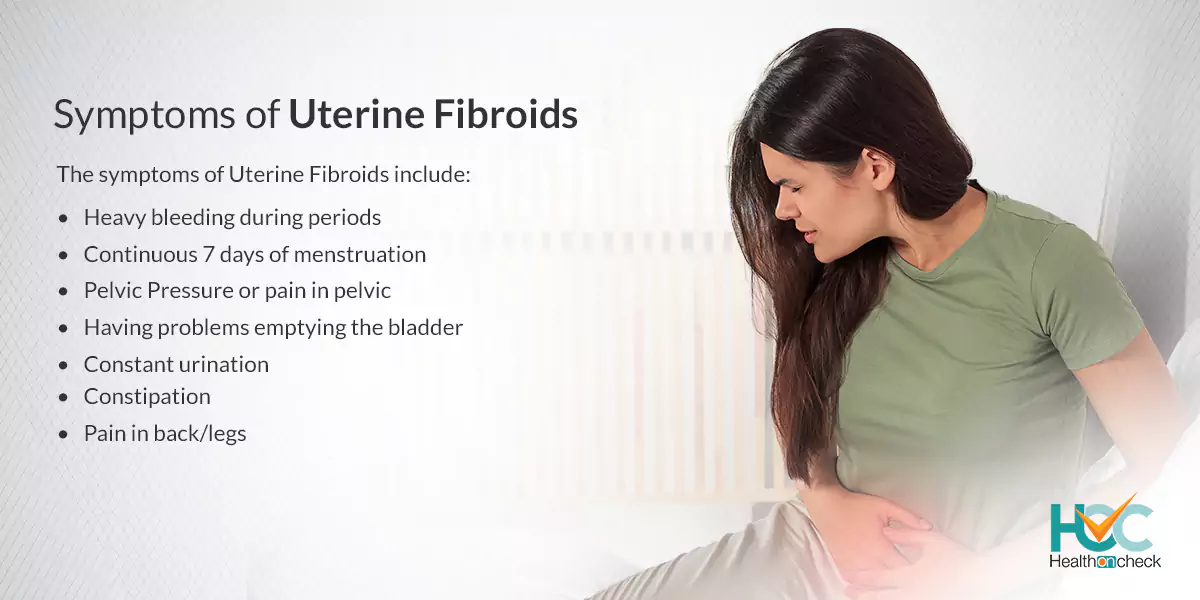
What are the Symptoms of Uterine Fibroids?
The symptoms of Uterine Fibroids include:
- Heavy bleeding during periods
- Continuous 7 days of menstruation.
- Pelvic Pressure or pain in pelvic
- Constant urination
- Having problems emptying the bladder
- Constipation
- Pain in back/legs
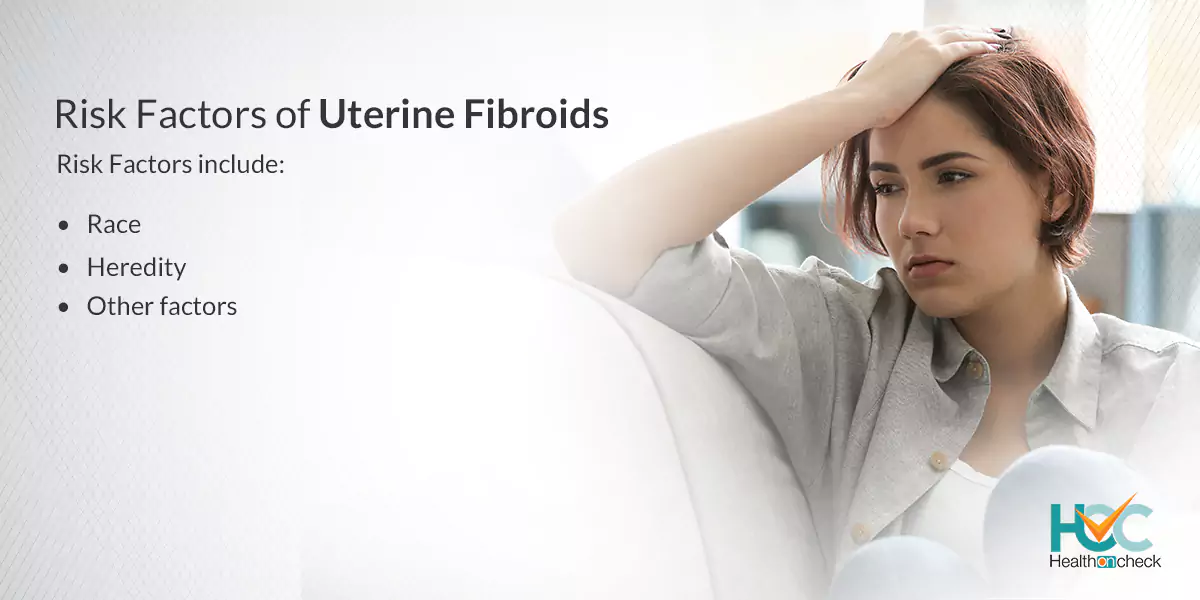
What are the Risk Factors of Uterine Fibroids??
Risk Factors include:
Race: Black women are more prone to fibroids compared to other racial groups. Black women mostly get fibroids at younger ages, which results in having this condition more or bigger fibroids and symptoms which can be severe.
Heredity: If anyone in your family had fibroids, you’re prone to the risk of developing them.
Other factors: Other factors include having a period at an early age; obesity; deficiency in vitamin D deficiency; having red meat and lower in green vegetables, fruit, and dairy; and also alcohol, which may increase your risk of developing fibroids.
What are the complications of Uterine Fibroids??
Uterine fibroids are not dangerous enough, they can lead to issues such as discomfort and may cause issues like a drop in red blood cells (anemia), resulting in fatigue, because of heavy blood loss. Rarely a transfusion is required to treat blood loss but it is rare. It can also create problems while pregnant and can cause miscarriages, hence making it difficult to fall pregnant and by causing miscarriages
How to diagnose Uterine Fibroids?
These tests can include:
Ultrasonography: This non-invasive imaging test uses sound waves to take pictures of your internal organs. Based on the size of the uterus, the ultrasound is carried by the transvaginal or transabdominal route.
Magnetic resonance imaging (MRI): In this test, the detailed pictures create detailed images of your internal organs by employing magnets and radio waves.
Computed tomography (CT): X-ray images are done via CT scan to take detailed pictures of your internal organs from numerous angles.
Hysteroscopy: Doctors use hysteroscopy, along with a device called a scope where a camera is used with a slim, flexible tube check to look at the fibroids interior of your uterus. The scope is inserted from your cervix and vagina which goes into your uterus.
Hysterosalpingography (HSG): In a detailed X-ray where various material is injected for the first time and then uterus X-rays has been taken. There are many often which is used in people who are also going through infertility evaluation
What are the treatment options available for uterine Fibroids?
Medications
- Over-the-counter (OTC) pain medications
- Iron supplements
- Birth control
- Gonadotropin-releasing hormone (GnRH) agonists
- Oral therapies
- Myomectomy
Options for traditional surgical procedures include:
- Fibroid surgery
- Hysterectomy (removes the uterus).
- Hysteroscopy
- Laparoscopy
- Laparotomy:
- Hysterectomy
- Radiofrequency ablation (RFA)
- Magnetic resonance imaging (MRI)
Living with uterine Fibroids
Uterine Fibroids are usually not life-threatening, and a large number of people have mild symptoms or no symptoms at all. But if your symptoms are severe they can adversely impact your quality of life.
You may have to live a life with disorders like large menstrual bleeding with long periods, Bleeding between periods, Painful periods, An urge to urinate more often Feeling fullness or pressure in your lower belly, and Pain during intercourse.
Whom to Consult?
If you notice the sign and symptoms of this condition then immediately meet the doctor and get diagnosed if it’s Uterine Fibroids then start treatment as soon as possible.


